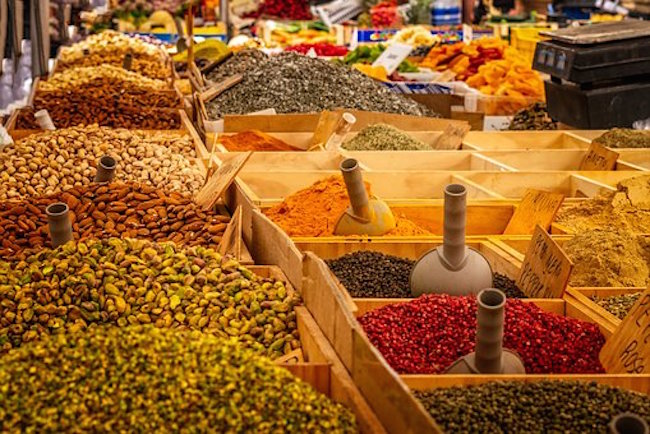How to End Food Crisis by Reshaping the Food System By for Children’s Health Defense
There’s no shortage of good ideas on the table about how to reshape our food systems — and fleets of social movements are eager to take the reins and put them into practice.
When will those occupying spaces of “power” ever get the message right?
As the world faces a worsening food crisis — the third in 15 years, experts say — one would think that a convening of so many governments as we saw at the “Uniting for global food security”conference in Berlin in late June would result in strong and smart actions.
Nope.
Instead, we get a couple of new coalitions, a bit more money on the table and a lot of business as usual. It’s nowhere near what’s needed to turn the crisis around.
A lot of new data and analyses came out in the last few weeks which give us a better understanding of what’s going on and how we might deal with it.
Here are some key things we’ve learned.
We face a price crisis, not a food shortage
Food prices have been rising all around the world together with, and partly because of, energy costs. These price rises hurt the poor and the vulnerable the most. But there is no food shortage.
Some countries, like China or India, have ample food reserves as a food security strategy — and they should be allowed to do so, despite ongoing debates at the World Trade Organisation about whether and how food reserves and export bans distort trade.
But the overall effect of our increasingly industrialized food systems is specialization, overproduction and tremendous waste.
Some 60% of the wheat produced in Europe goes to animal feed, while 40% of the maize grown in the U.S. is turned into fuel for cars.
On a global level, 80% of the world’s soybean crop is fed each year to animals while 23% of the world’s palm oil is turned into diesel. Countries like Vietnam, Peru, Côte d’Ivoire and Kenya devote a massive amount of resources to growing and exporting farm products that are not essential, like coffee, asparagus, cacao and flowers.
Meanwhile, countless hectares around the world are used to produce crops for processed junk foods totally devoid of nutrition. We don’t lack production, globally speaking. But we do have high prices, plus labor and distribution problems.
Unfortunately, lobby groups have instrumentalized the crisis to try to roll back agricultural policy reforms and climate objectives arguing that we need to produce more.
The European Union’s (EU) new Farm to Fork strategy, which aims to better align farming practices with sustainability imperatives, has been put into question due to these pressures.
Debates have also erupted in numerous countries about whether or not to lift biofuel mandates, aimed at lowering climate emissions, in order to allow crops to be used for food instead. (At the same time, high prices at the pump are driving investors to reactivate biofuel production in places like Brazil.)
The causes are more structural than the war in Ukraine
Many political leaders are blaming Russia for rising hunger, for ideological purposes.
It is true that Russia is currently blocking exports of grain, oilseeds and fertilizer from Ukraine, as well as from its own shores. (Western governments insist that these goods are exempt from their sanctions.) But the wheat and sunflower oil from Russia and Ukraine can be substituted by other sources and other types of grains and oils.
The deeper problem is that some countries — such as Egypt, Senegal or Lebanon — are highly dependent on these two nations for their imports.
They are the ones that, in the long term, need to find alternate solutions, preferably by supporting their own small-scale farmers to build diverse local agricultural systems and by strengthening regional markets.
About 20 countries source more than half their wheat from Ukraine and Russia. And just seven countries plus the EU represent 90% of the world’s wheat exports.
No wonder, then, that as few as four companies (Archer Daniels Midland, Bunge, Cargill and Louis Dreyfus) account for the bulk of this trade. While some of it is disrupted due to the war, the biggest rise in hunger is concentrated in countries themselves affected by conflict, such as Afghanistan, Yemen, Syria, Eritrea, Somalia and the Democratic Republic of Congo.
This is not related to the situation in Ukraine.
“Stop spreading fake news, Africa doesn’t need Ukraine’s wheat,” Malian peasant leader Ibrahima Coulibaly hammered recently. He was reacting to the war being used as yet another excuse to push Western agricultural imperialism, which has destroyed forests, farmland and food diversity across the global South.
Speculation is a big part of the problem
Data now available show that the current food price crisis did not start with the war in Ukraine but as a result of a wider set of problems.




